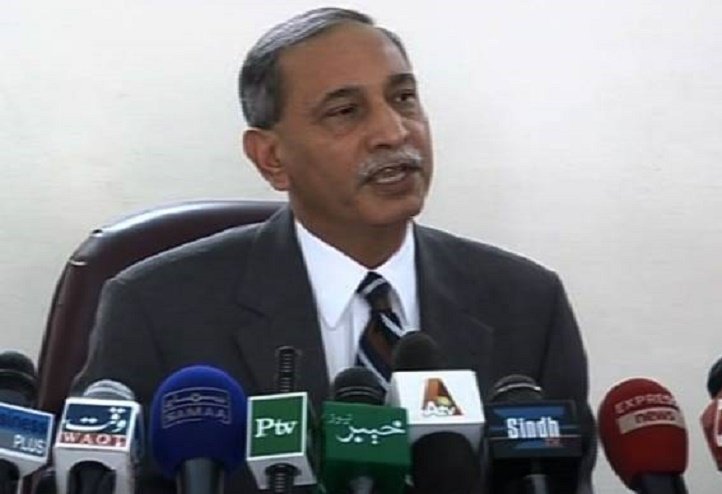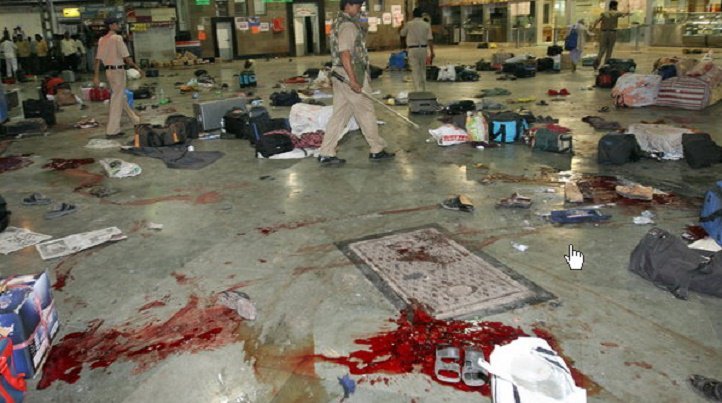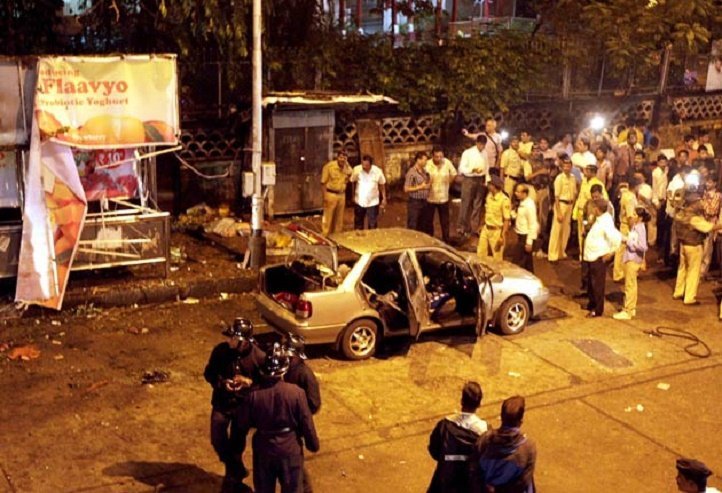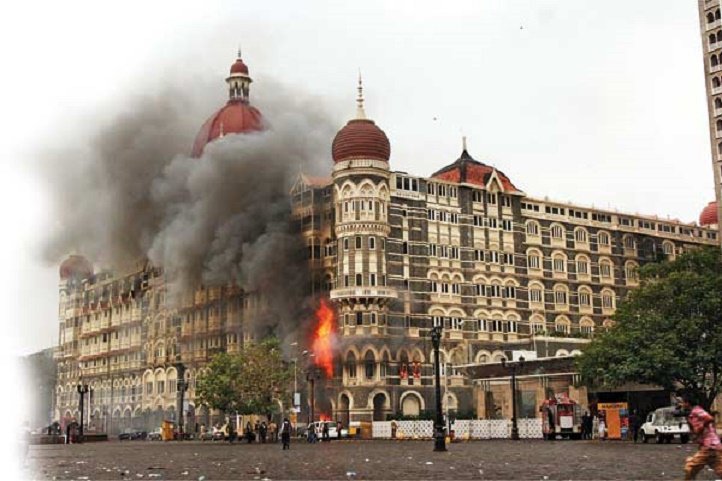
- Former Pak investigator confirms Pakistan’s involvement in the 26/11 attacks
- Points out several evidences that vindicate Pakistan’s hand
- Appeals to both the sides to work together for ensuring justice
In what can be termed as the first ever admission of the involvement in 26/11 terror crime by the Pakistani side, former Federal Investigating Agency (FIA) chief, Tariq Khosa has clearly stated that Pakistan must accept its responsibility over the attacks.
In an article published by Dawn , Khosa said that Pakistan has to face truth and admit mistakes while dealing with the terror operation launched from its soil. He also said that the Pakistani State must ensure that the perpetrators are brought to justice.

A file photo of Tariq Khosa | Source: Samaa
Lamenting about Pakistan itself being a victim of terrorism while citing the example of the horrific Peshawar school attack 2014, he said that the leadership should eliminate the scourge of terrorism.
He also said all dilatory tactics were used by the defendants to weaken the trial. Frequent change of trial judges, murder of the case prosecutor and discrepancies in testimonies of the concerned people were other factors that have stopped bringing the matter to justice.

A file photo of the Chattarpati Shivaji Terminus after the attacks | Source: Chetangole
He specifically mentioned the points which confirmed Pakistani involvement in the attacks:
- Ajmal Kasab was a Pakistani national, whose place of residence and initial schooling as well as his joining a banned militant organisation was established by the investigators
- The Lashkar-e-Taiba (LeT) terrorists were imparted training near Thatta, Sindh and launched by sea from there. The training camp was identified and secured by the investigators. The casings of the explosive devices used in Mumbai were recovered from this training camp and duly matched
- The fishing trawler used by the terrorists for hijacking an Indian trawler in which they sailed to Mumbai, was brought back to harbour, then painted and concealed. It was recovered by the investigators and connected to the accused

- The engine of the dinghy abandoned by the terrorists near Mumbai harbour contained a patent number through which the investigators traced its import from Japan to Lahore and then to a Karachi sports shop from where an LeT-linked militant purchased it along with the dinghy. The money trail was followed and linked to the accused who was arrested
- The ops room in Karachi, from where the operation was directed, was also identified and secured by the investigators. The communications through Voice over Internet Protocol were unearthed
- The alleged commander and his deputies were identified and arrested
- A couple of foreign-based financiers and facilitators were arrested and brought to face trial

A file photo of Hotel Taj in Mumbai during the attacks | Source: DNA India
There has been an exchange of multiple investigation dossiers since the attack over the years, however, nothing positive has come out from the Pakistani side. He appealed to the legal experts from both sides to sit together rather than sulk and point fingers.
India’s Minister of State for Home Affairs, Haribhai Parathibhai Chaudhary told the Lok Sabha on Tuesday, August 4, that voice sample of eight persons accused of conspiracy in the Mumbai terror attack was sought through a Letter Rogatory from Pakistan.
(With inputs from PTI)

















